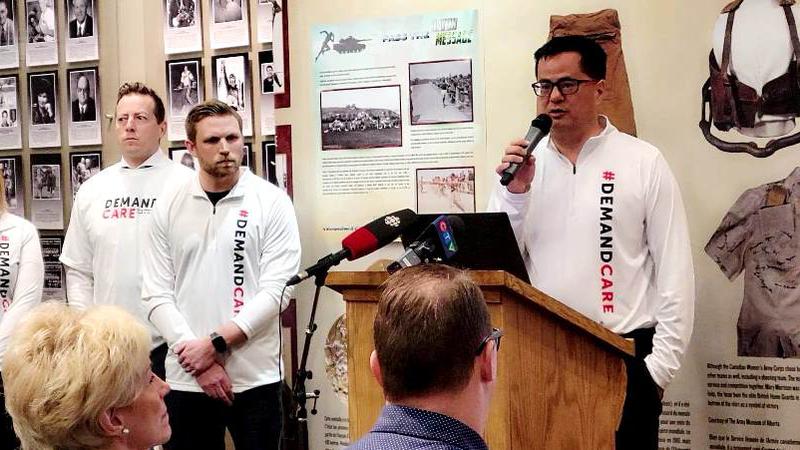
Red Deer hospital expansion group demands province and AHS provide clear transition plan
The Society for Hospital Expansion in Central Alberta (SHECA) is calling on the provincial government and Alberta Health Services (AHS) for a transition plan and increased transparency as $1.8 billion is spent over the next several years to upgrade Red Deer Regional Hospital (RDRHC).
These objectives were conveyed Wednesday during a town hall hosted by SHECA at the Alberta Sports Hall of Fame. SHECA members, concerned citizens and Red Deer Mayor Ken Johnston spoke to the crowd of about 100, sharing new data SHECA has obtained through Freedom of Information (FOIP) requests.
Before getting into the numbers, SHECA shared that their ask is this:
1. We need a champion to advocate for RDRHC and provide regular transparent updates on RDRHC expansion


